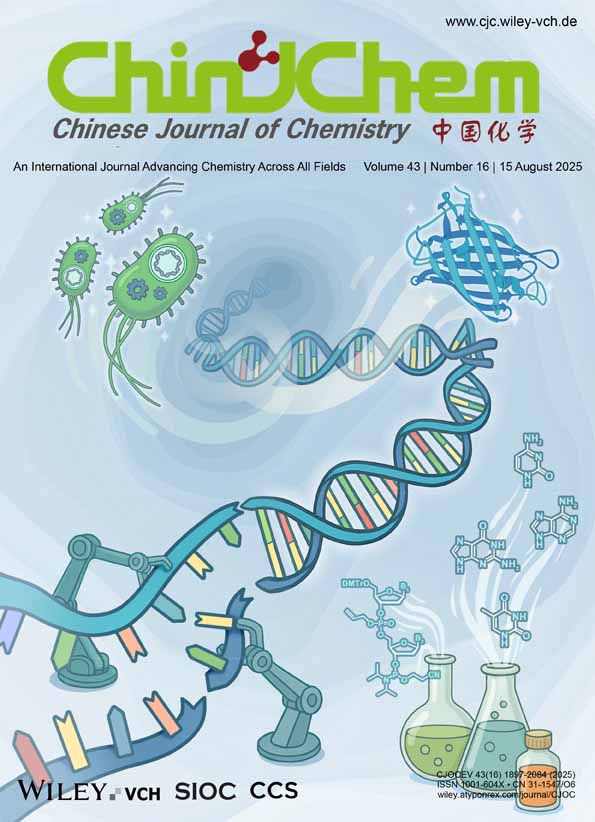A study of the quenching of PCl(b1Σ+) by the E-V model
Abstract
Using the reaction of Ar(3P0,2) + PCl3 as a source of PCl(b1Σ+), we have measured the quenching rate constants of PCl(b,v'=0) for more than 20 quenchers. The EV model is used to calculate the rate constants. The comparison of the calculated values with the experimental one shows that the quenching of PCl(b) by the reagent molecules results from the electronic to vibrational energy near resonance transfer and has been related to the Franck-Condon factors for the PCl(b,v'=0 →a,v″=m) transition and to the anharmonicities of the terminal bonds of the quenchers. In addition, the influence of the polarizability of the reagent molecule on the quenching rate constant in discussed.




